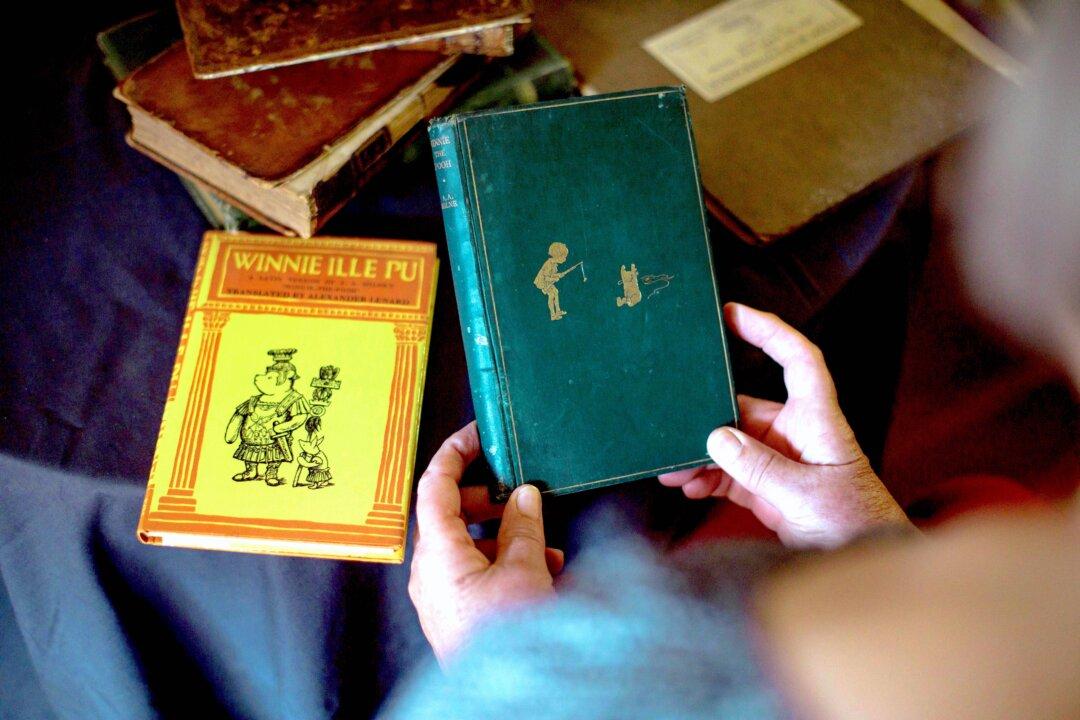A first-edition copy of the beloved children’s classic Winnie the Pooh will be among the literary treasures for sale at an Australian rare book auction.
The work by Alan Alexander Milne features the original green cloth cover with gilt illustrations and Christopher Robin’s map of the ‘Hundred Acre Wood.’





